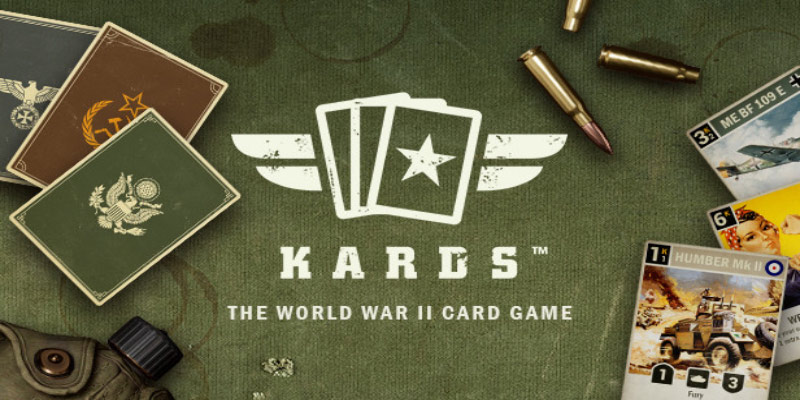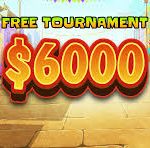The WWII Card Game isn’t just a game—it’s a journey through history packed with strategic depth. Perfect for history buffs and strategy lovers, it puts you in command of legendary forces, where every move shapes the outcome of war. Relive iconic battles, outthink your opponents, and experience the thrill of warfare like never before. Ready to test your tactical skills? Dive into the action with QQ88 and rewrite history!
Pros and Cons of The WWII Card Game
Before diving deep into The WWII Card Game, it’s essential to weigh the pros and cons to ascertain if it’s the right fit for you and your gaming group.
Advantages of The WWII Card Game
One of the most significant advantages of The WWII Card Game is its educational value. Players get a taste of the geopolitical environment of World War II, learning about various nations’ roles, strategies, and conflicts.
Moreover, the strategic aspect of the game encourages critical thinking, prompting players to devise plans and adapt to changing circumstances. This infusion of education and strategy creates a game that’s not just about luck; skill plays a pivotal role in determining the outcome.
Additionally, The WWII Card Game fosters social interaction. Whether played among family members or friends, it encourages communication, discussion, and even friendly rivalry, enhancing bonding experiences.
Disadvantages of The WWII Card Game
On the flip side, The WWII Card Game may not appeal to everyone. Some players might find the mechanics too complex or lengthy. Depending on the version, setup and gameplay can take considerable time, potentially deterring casual gamers seeking a quick, light-hearted experience.
Another possible drawback is thematic sensitivity—World War II remains a complex and sensitive topic for many. Discussions may evoke strong emotions, and some players might prefer lighter themes for entertainment.
Additionally, depending on the player group, balancing competitiveness with enjoyment can sometimes be tricky. For those focused solely on winning, the collaborative aspects of the game may suffer, leading to frustrations among players.
Alternatives to The WWII Card Game
If you’re intrigued by the concept of The WWII Card Game but wish to explore other options, several alternatives capture similar strategic or historical elements.
Historical Strategy Games
Many historical strategy games explore various eras and events, offering players a blend of education and entertainment. Titles like “Twilight Struggle” delve into the Cold War era, while “Axis & Allies” focuses specifically on World War II. These games offer varied mechanics and perspectives, catering to players with different tastes.
Card-Based Strategy Games
For those who enjoy card-based mechanics, numerous games feature strategy elements without being tied to any specific historical theme. Games like “Magic: The Gathering” and “Hearthstone” emphasize tactical decision-making and deck building, allowing players to craft their strategies while engaging in competitive play.
Cooperative Games
Players seeking a more cooperative experience may enjoy titles such as “Pandemic,” where players work together to combat disease outbreaks. While not historical in the same sense, these games build on teamwork and communication, providing exhilarating gameplay experiences focused on collaboration rather than competition.
Step by Step Guide to Playing The WWII Card Game
For those eager to dive into The WWII Card Game, here’s a step-by-step guide outlining how to approach the game effectively.
Initial Preparation
First, gather your game materials—cards, boards, tokens, and necessary accessories required for play. Finding a spacious and comfortable area to set up ensures everyone has enough room to move cards and strategize freely.
Next, ensure every player understands the basic rules. Review the instruction manual together, highlighting key mechanics and objectives. Clarifying these points upfront can help avoid confusion later on.
Starting the Game
Once everyone is ready, shuffle the deck of cards and deal the appropriate number to each player. Select nations collectively or randomly assign them, ensuring no two players represent the same country unless the game’s rules allow for it.
After everyone has their cards, players can take turns executing their moves. Encourage open discussions about strategies and encourage players to share their thoughts and ideas—this camaraderie adds to the game’s enjoyment.
Navigating Through Rounds
As the game progresses, maintain an open line of communication with fellow players. Discuss upcoming battle plans, potential alliances, and resource management strategies. This engagement can enhance enjoyment and foster a collaborative atmosphere.
Be prepared to adjust your strategy based on opponents’ moves. Adaptability is key, allowing players to capitalize on opportunities while responding to threats appropriately.
Closing the Game
When concluding the game, take a moment to celebrate the winner and acknowledge everyone’s efforts during play. Reflect on the lessons learned, whether it involves historical insights or game strategies.
Discuss what went well and what could improve for next time. This feedback loop is invaluable in building an ongoing appreciation for The WWII Card Game and fostering a healthy gaming culture.


